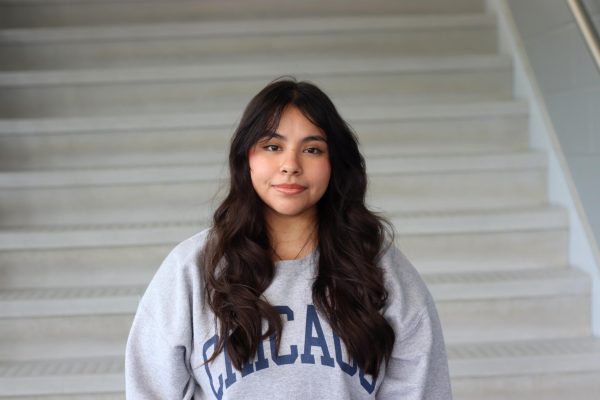In a 6-3 decision by the Supreme Court, Colleges are no longer allowed to consider race when admitting students. The reversal of affirmative action was due to the policies being seen as unconstitutional. The recent shift has now challenged college admissions to ensure a race-inclusive environment within their university.
The affirmative action policy was widely accepted in the 1970s to combat the long history of discrimination within the education system. This allowed minorities to have an equal chance of being accepted into college. However, many groups opposed this stating race was being used unfairly during the admissions process. This led to lawsuits against different schools, such as Harvard and the University of North Carolina.
Assistant dean of admission at Xavier University, Julie Nelson, believes that the impact of the overturn of affirmative action will most likely be seen within highly selective schools.
“It depends on the kind of school, the schools that are a little bit more selective, that get many, many applications and have a very limited number of spots in that freshman class,” Nelson said. “So each school’s got its own responsibility and interest in building that freshman class.”
Some Metea school counselors have not changed their approach when working with students for college applications, since each counselor advises each student as an individual.
“I don’t think it’s an issue with other schools that are less selective, but when it comes to really selective schools, it is an issue,” Metea school counselor Javier Polavieja said. “if I had a student in that situation, I don’t think I would have changed the way that I would have approach it.”
For years, schools have welcomed and celebrated diversity to create an inclusive environment where every student feels recognized and that they belong. Schools will often focus more on what the students bring, which will make their campus well-rounded and more diverse and enhance students’ experience.
“We’re about half men and women. We’re about 35% students of color, 25% first generation, and 60% from outside of Ohio,” Nelson said. “ We really value getting to know students and what they bring to our campus.”
As the college application continues more information will and statistics will show the trends of diversity within education. Bob Vozza, Metea school counselor, believes that the long-term effects of the ruling are unknown but advisors will only go based on what their students need to achieve their academic goals.
“We really do not know how this will evolve in the next few years or how our approach will or will not change,” Vozza said. “Each student’s situation is different in what they are looking for and we do our best to help our students reach their individual goals.







